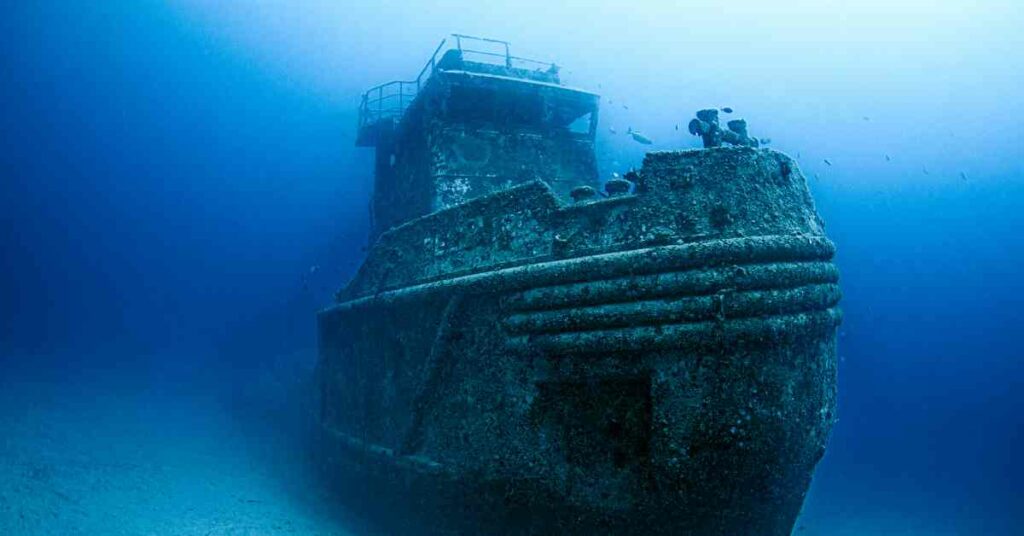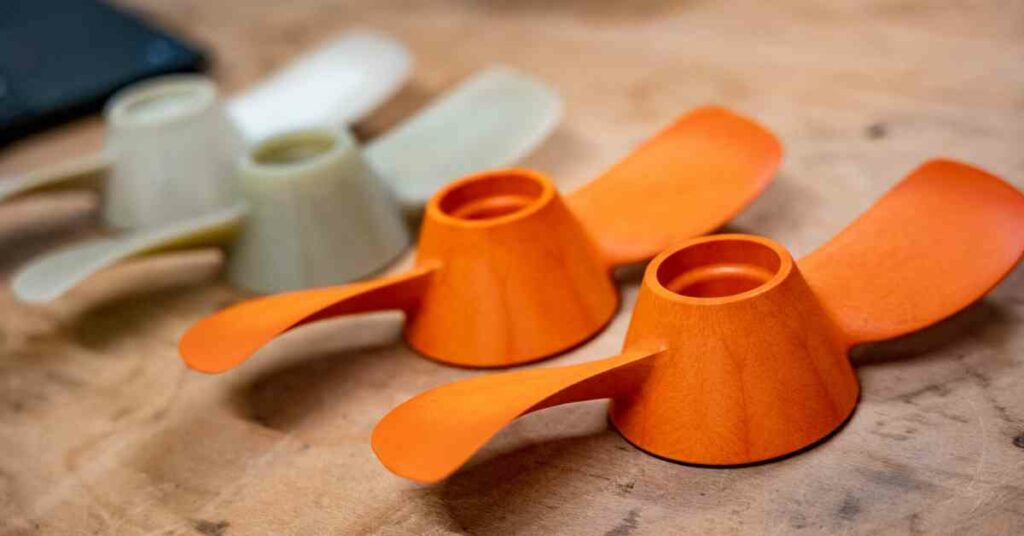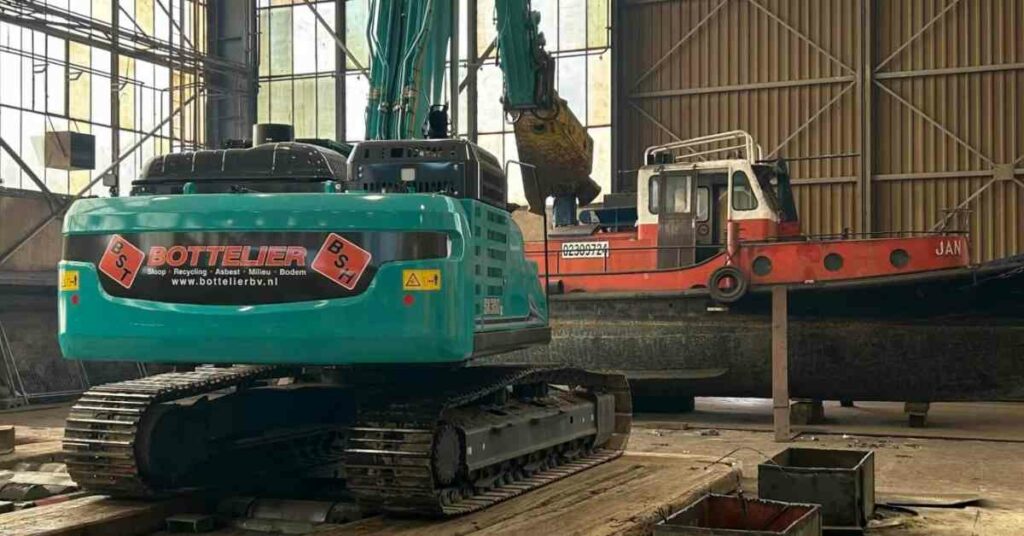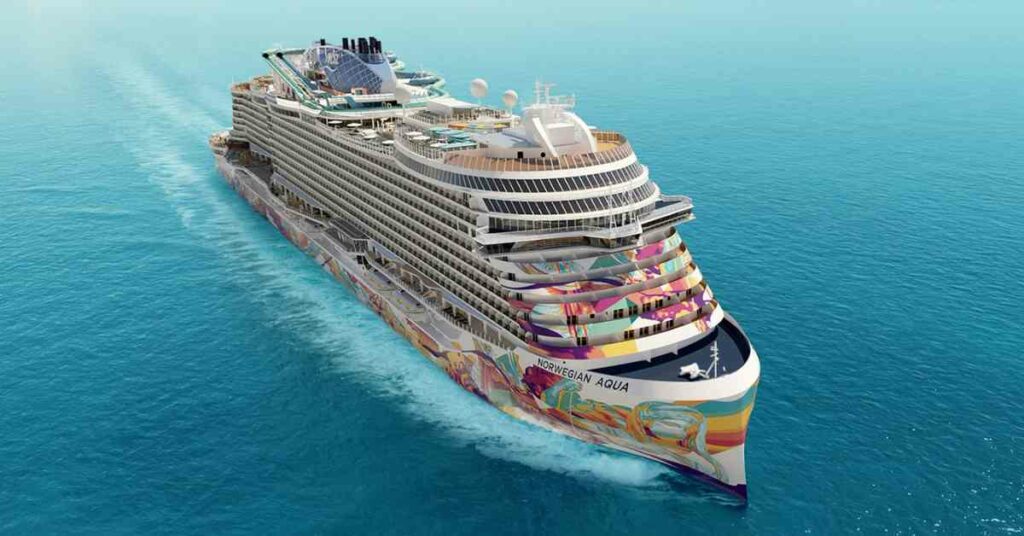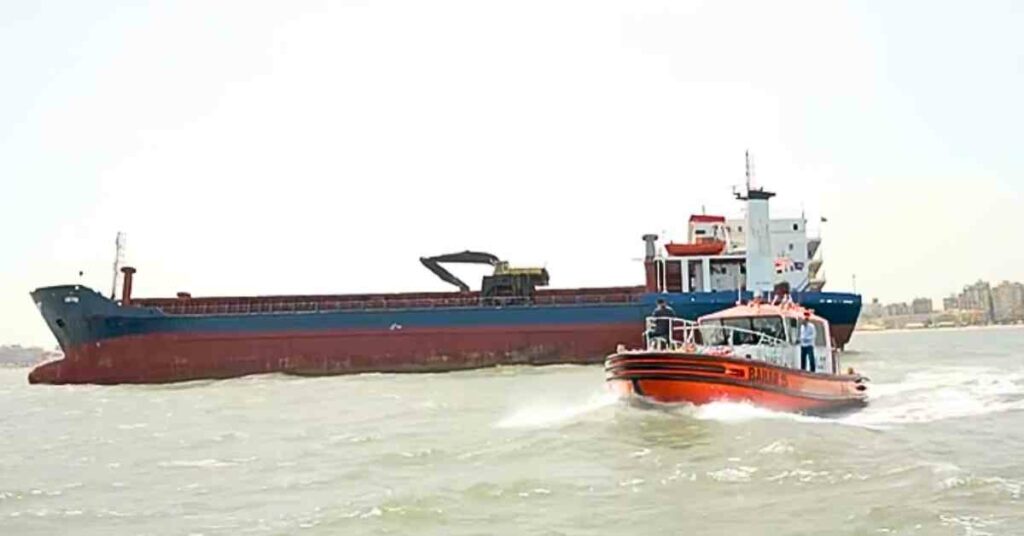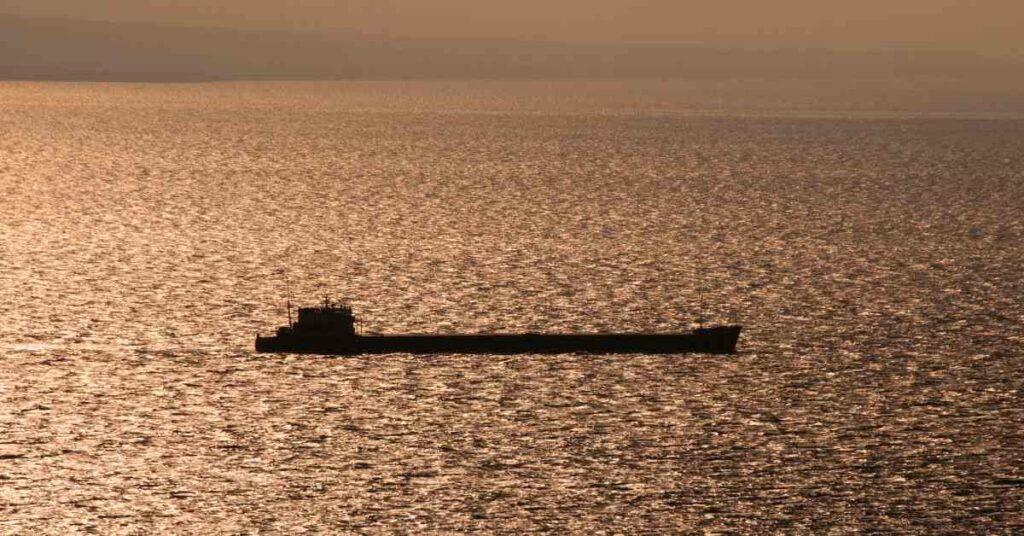Photos: Ice Test Of The World’s Largest LNG RoRo
There are a lot of challenges in designing the world’s first mega RoRo with ice class 1A Super and multi-fuel engines to WALLENIUS SOL. Therefore, our design team went to Helsinki together with a seven-meter long ship model.
WALLENIUS SOL was founded in April 2019. Its mission is to create an environmentally smart and efficient infrastructure for the Finnish and Swedish industry in the Gulf of Bothnia, the Baltic Sea and the North Sea.
The company is a partnership between our sister company Wallenius Lines and Swedish Orient Line, SOL.
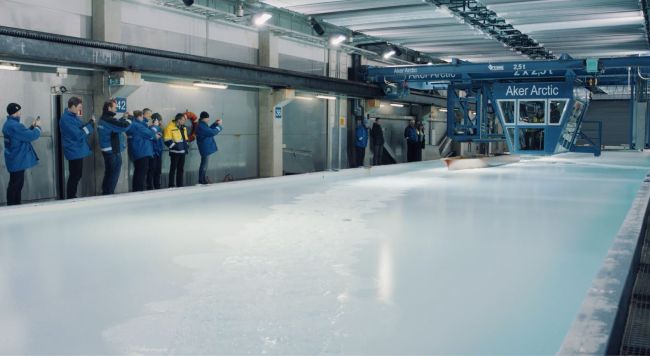
A real ice breaker
The temperature in the Gulf of Bothnia can drop to minus 35 degrees Celsius in the winter. The cold combined with troublesome ice ridges, put extreme demands on the hull and propellers of the ship.
To assess how the ship will be able to handle these sometimes arctic conditions, the design team went to the ice testing facility Aker Arctic in Helsinki, Finland. There, a seven-meter model drove through water with artificial ice.
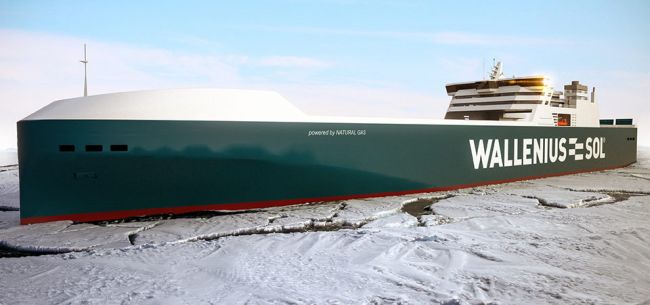
“We tested the vessel’s capability to follow and break out from a channel in extreme ice conditions and ability to penetrate thick ice ridges. We are happy with the results which gives us good confidence in the design we have”, says Carl-Johan Söder, Naval Architect at Wallenius Marine.
The ships will now be built in CIMC Raffles, which is one of the highest ranked shipyards in China. Steel cutting is planned in the spring of 2020.

Wallenius Marine is managing the whole building process on behalf of the owner and will have a team of ten persons stationed in China. After two and half years, in the autumn of 2021, the new Mega RoRo’s will be sailing at the Baltic Sea.
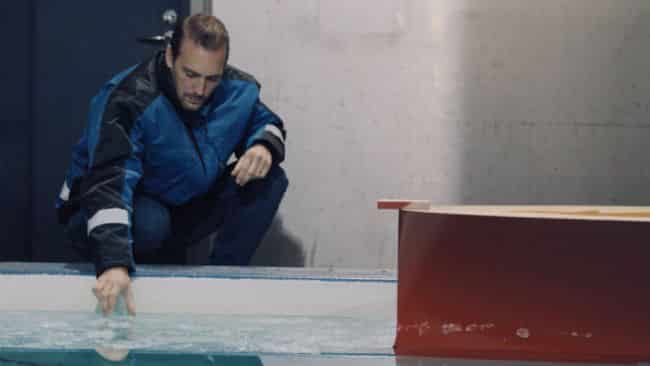
The new ships in detail
- Length: 241,7 meter
- Width: 35,2 meter
- Max Draught: 8,8 meter
- Dead Weight: 26 900 ton
- Optimized for: Transporting of paper products for the forest industry but can also be used other RoRo loads.
- Engines: Multi-fuel (compatible with LNG, LBG, diesel and synthetic diesel)
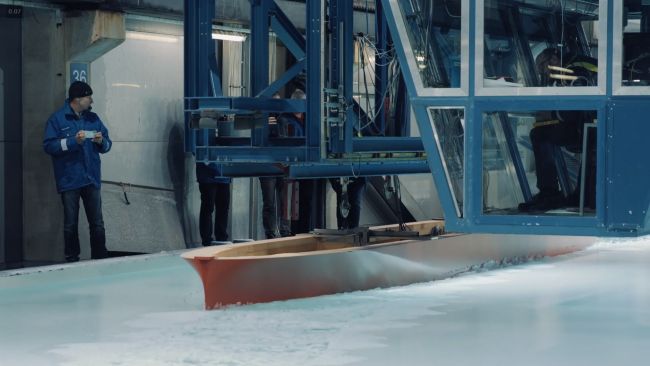
Environmental advantages
- 50% reduction in fuel consumption per transported unit
- 60% reduction in emissions of greenhouse gases per transported unit
- 98% reduction in sulfur dioxides (SOx )
- 85% reduction in nitrogen oxides (NOx )
- 95% reduction in emissions of particles
Reference: walleniusmarine.com
Disclaimer :
The information contained in this website is for general information purposes only. While we endeavour to keep the information up to date and correct, we make no representations or warranties of any kind, express or implied, about the completeness, accuracy, reliability, suitability or availability with respect to the website or the information, products, services, or related graphics contained on the website for any purpose. Any reliance you place on such information is therefore strictly at your own risk.
In no event will we be liable for any loss or damage including without limitation, indirect or consequential loss or damage, or any loss or damage whatsoever arising from loss of data or profits arising out of, or in connection with, the use of this website.
Disclaimer :
The information contained in this website is for general information purposes only. While we endeavour to keep the information up to date and correct, we make no representations or warranties of any kind, express or implied, about the completeness, accuracy, reliability, suitability or availability with respect to the website or the information, products, services, or related graphics contained on the website for any purpose. Any reliance you place on such information is therefore strictly at your own risk.
Do you have info to share with us ? Suggest a correction
About Author
Marine Insight News Network is a premier source for up-to-date, comprehensive, and insightful coverage of the maritime industry. Dedicated to offering the latest news, trends, and analyses in shipping, marine technology, regulations, and global maritime affairs, Marine Insight News Network prides itself on delivering accurate, engaging, and relevant information.

About Author
Marine Insight News Network is a premier source for up-to-date, comprehensive, and insightful coverage of the maritime industry. Dedicated to offering the latest news, trends, and analyses in shipping, marine technology, regulations, and global maritime affairs, Marine Insight News Network prides itself on delivering accurate, engaging, and relevant information.
Latest Shipping News Articles You Would Like:
Subscribe To Our Newsletters
By subscribing, you agree to our Privacy Policy and may receive occasional deal communications; you can unsubscribe anytime.




